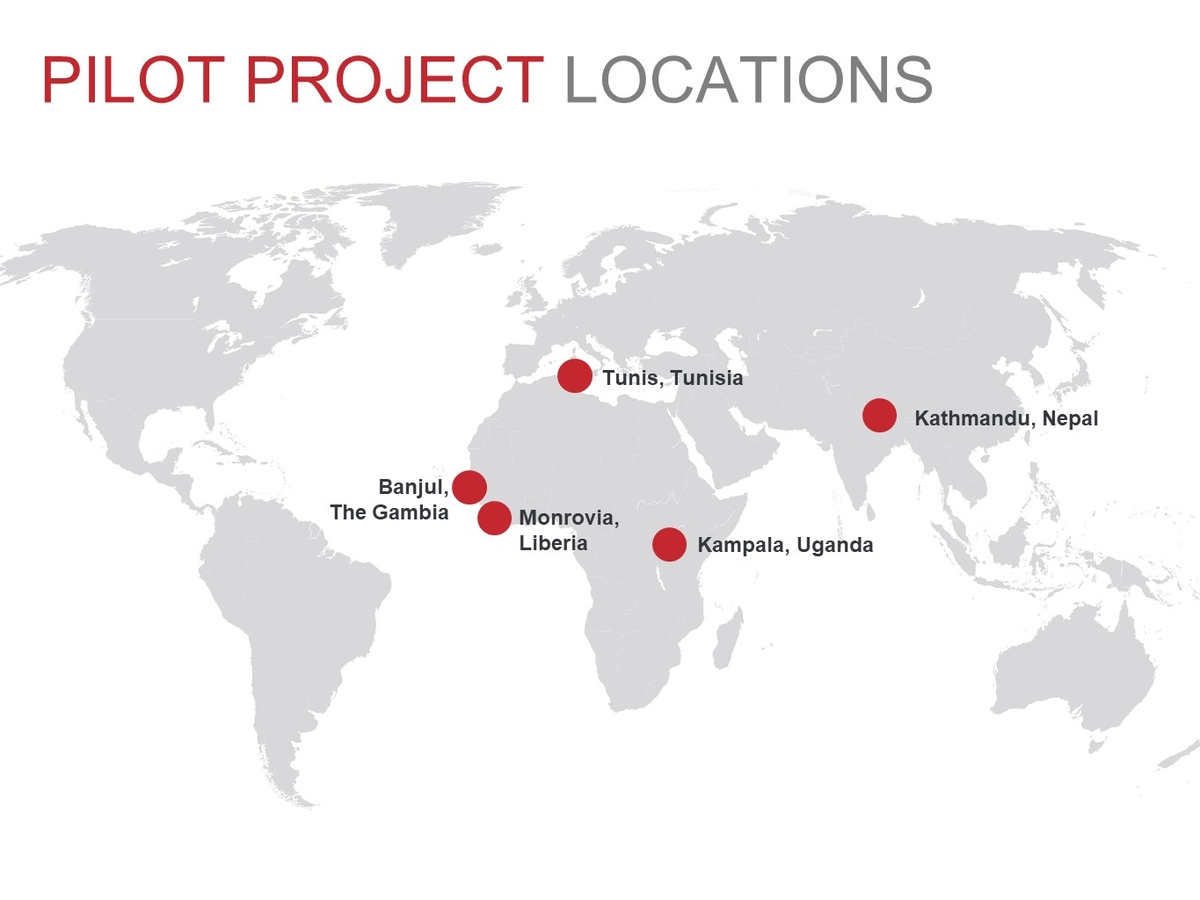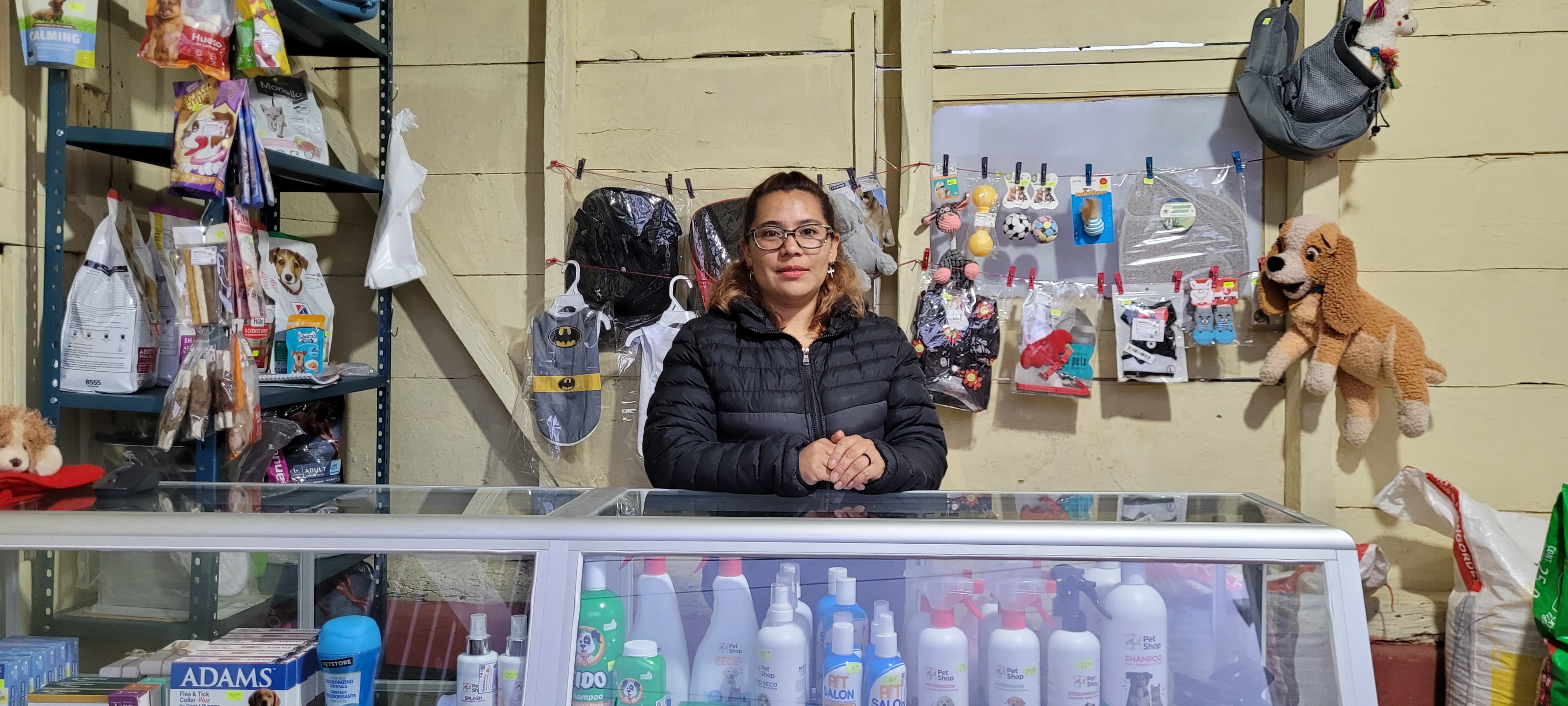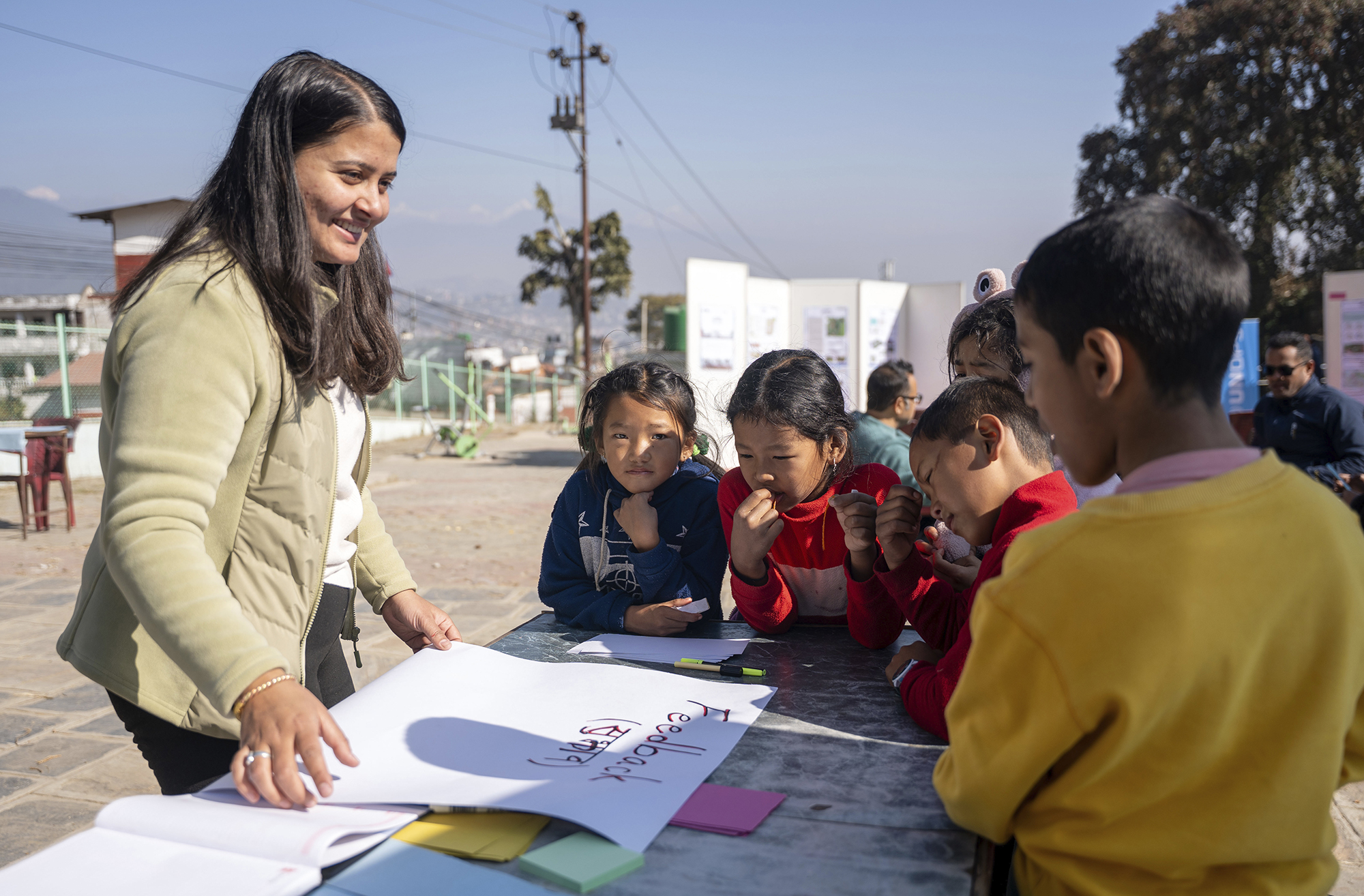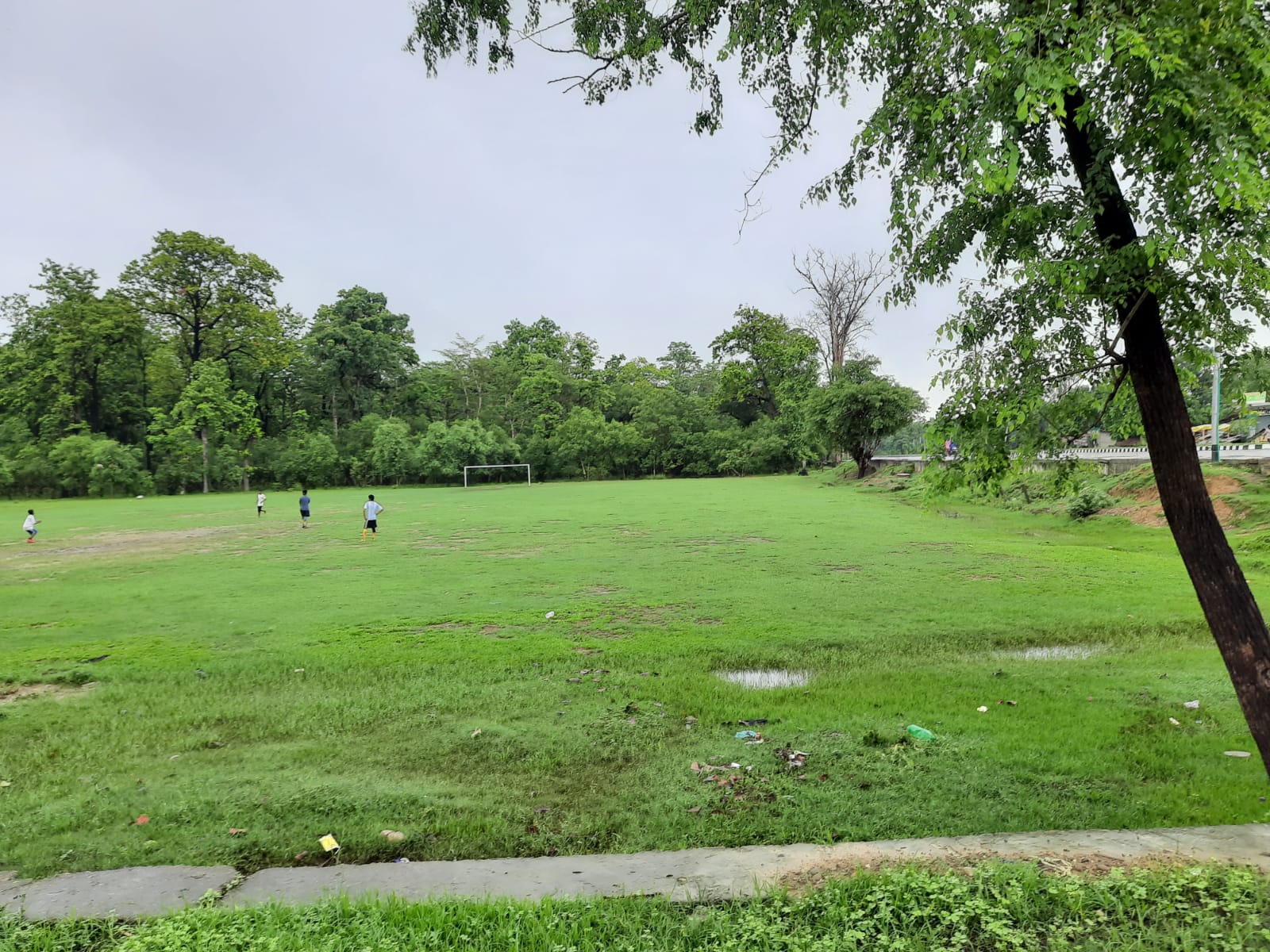Cities for Women:
Urban Assessment Framework Through a Gender Lens
By Giulia Maci, Urban Specialist, Cities Alliance Cities for Women Programme
What do cities for women look like? Cities Alliance has collected, developed, and tested a series of approaches to better understand how women and girls experience their cities and to create gender-inclusive cities.
Even though the opportunities offered by cities represent a platform for emancipation for millions of women across the world, they are still designed around men. In areas where resources of all kinds are more limited, these disparities become especially acute, affecting women’s safety, health, and income.
In order to create cities that are more responsive to women’s needs and capacities, firstly it is necessary to recognize how gender inequalities shape cities. Do public spaces have enough toilets? Can women walk in that neighborhood without being harassed? Does public transport accommodate mothers with strolls? Does the city have or ever had a female mayor? Gender statistics are vital to answer these questions and provide the evidence necessary to assess gender gaps across all areas of urban life. There are still limitations in available data, with a lack of qualitative data. Questioning quantitative data from a gender perspective with the use of qualitative data helps to interpret better quantitative statistics. Therefore it is so important to incorporate the perceptions, stories, and memories of women and community members in the city governance.
Cities Alliance has developed a Cities for Women Framework in order to help local stakeholders as a first step, to gain an understanding of the current engagement of women in the various dimensions of their environments. It is with this understanding that efforts can be made to formulate policy and engagement techniques to improve women’s input in shaping their cities. This framework is also a tool to allow participatory processes whereby women can be active participants in the analysis and improvement of their cities.

The framework is being already used in different projects and locations:
-
In Banjul, Gambia: to inform the Greater Banjul 2040 Plan
-
In Monrovia, Liberia: to inform the City Development Strategy for the Greater Monserrado Area and the construction of water kiosks in informal settlements, managed by women’s groups
-
In Kathmandu, Nepal: to identify ideas and priorities for the post-earthquake reconstruction program and planning of new towns
-
In Tunis, Tunisia: the framework will be used to develop an inclusive strategy for the Medina of Tunis and the creation of women-led and inclusive public space
-
In Kampala, Uganda: the toolkit will guide the process of construction of sanitation facilities in informal communities





